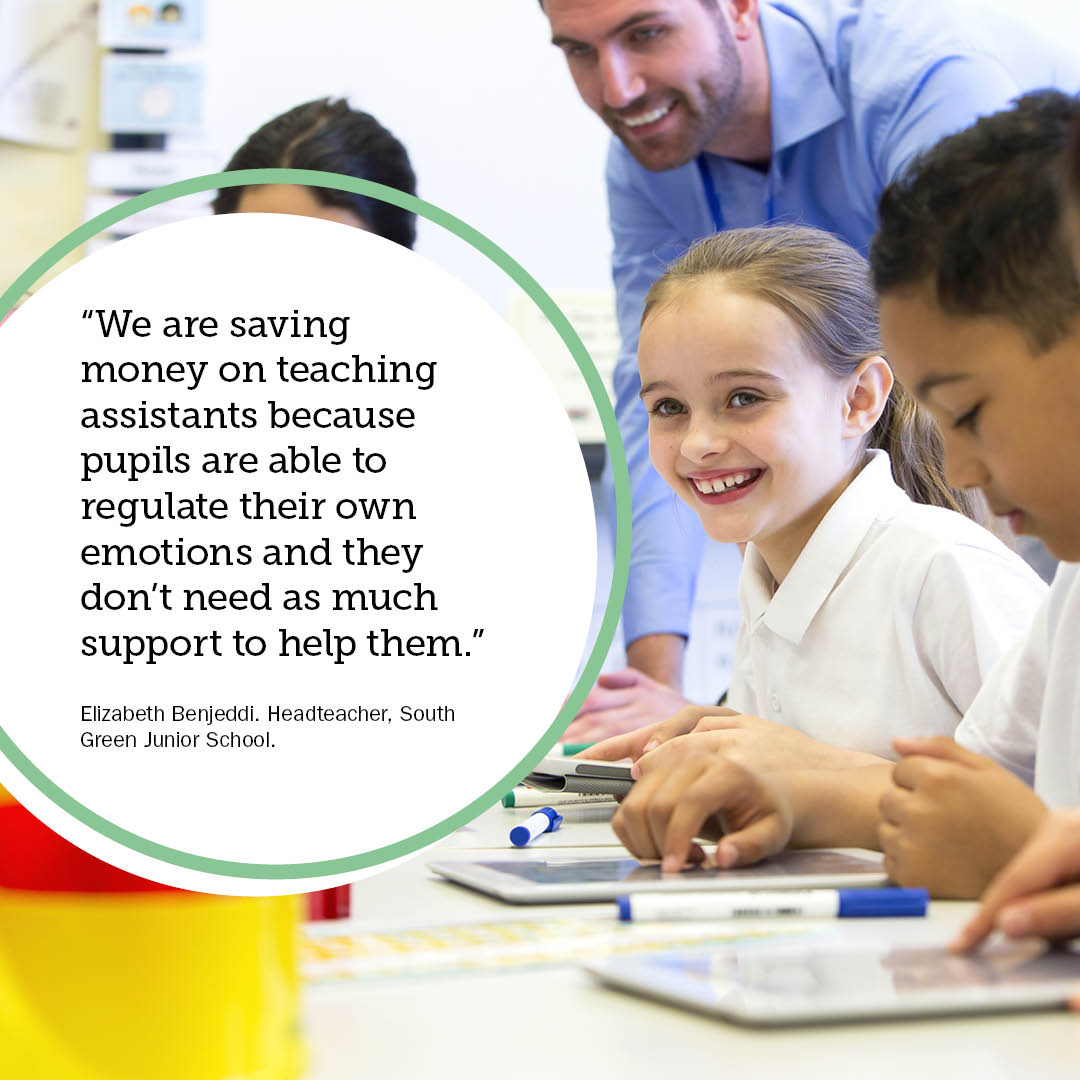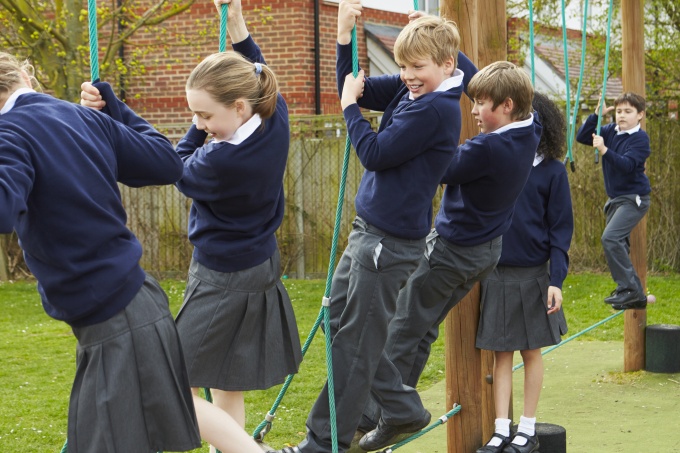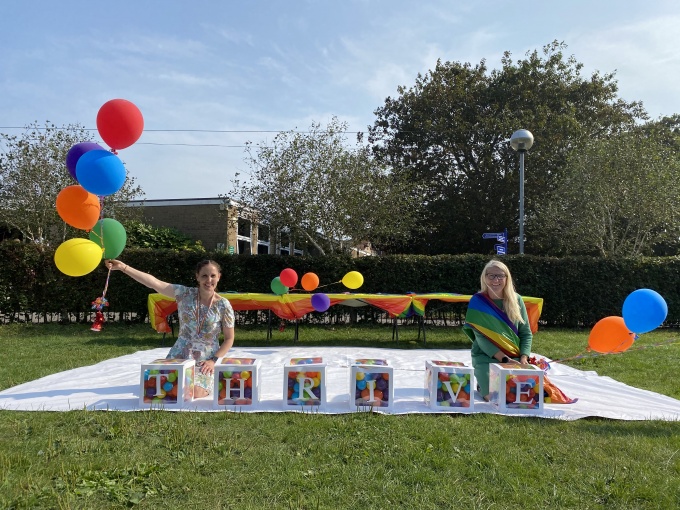South Green Junior School is a primary school in a diverse community in Billericay, Essex. Looking for a way to support children’s emotional needs and boost attainment, the school introduced Thrive in 2016.
Read on to discover how Thrive has enabled staff to identify and support ‘invisible’ children, removed barriers to improve attainment, and saved the school time and money on interventions.
Emotional needs impacting attainment
South Green Junior School, in Billericay, Essex, is a two-form entry intake primary school with 240 pupils. The school’s catchment area is diverse with many affluent families but also many who struggle to make ends meet. As a result, pupils have differing needs and their life experiences vary hugely.
South Green managed behaviour well but were concerned that, despite this, some children were not making the academic progress they were capable of and Thrive was introduced at the setting in 2016 after headteacher Elizabeth Benjeddi (pictured above) realised that children’s emotional needs were impacting on their educational attainment.
Embedding a whole school approach
Mrs Benjeddi researched what action she could take to improve attainment and came across the Thrive website. After reading the explanations of the Thrive Approach and its background in neuroscience and attachment theory, she signed up for a Licensed Practitioner course.
This has meant that the Approach has become embedded across the school, with Mrs Benjeddi’s understanding about Thrive meaning that support comes from the top down. After completing the course in 2016, she enrolled two further members of staff for Thrive training.
.jpg)
The setting now has five Thrive trained staff members, with sessions delivered in a purpose-built garden room which has an outdoors area, kitchen, bathroom, office and flexible space which works well for a variety of different Thrive activities.
Supporting ‘invisible’ children
All children are profiled using Thrive-Online with one-to-one work and small group sessions then held to work on plugging the gaps in their emotional development. In particular, the school has found this has helped to pick up ‘invisible’ children who may be without obviously dysregulated behaviour but whose quietness is a form of the freeze response to emotional distress.
“As a teacher I think it’s easy to only notice the children whose behaviour is more obvious, eg through shouting or hitting out, so it is much easier to identify that there is a need. The ‘invisible’ children don’t always come to light until they’re in year five or six and then it’s a bit late to help them. Recognising their need sooner means we can intervene a lot earlier,” she said.
Saving time and money
While committing to the Thrive Approach meant finding the budget to investment in staff training, over time the school has been able to save money as a result of the positive changes the Approach has brought about.
"We are saving money on teaching assistants because pupils are able to regulate their own emotions and they don’t need as much support to help them. The school is also spending less time dealing with behaviour issues and exclusions (which have reduced dramatically over the past three years). We have found that, in the long term, using the Thrive Approach saves the school money, eg staffing and interventions."
Removing barriers and reaching targets
Keeping a record of the improvements children have made will be part of the school’s submission to Ofsted for their next inspection in order to evidence their commitment to well-being and behaviour. Mrs Benjeddi will also be using the Thrive Approach as part of reaching her next goal to ensure that the school’s attendance rate reaches 96 per cent.
As a result of the work it has done with Thrive, the school has noticed an upward trend in attainment results over the last three years. “We track all the children who have accessed Thrive in terms of behaviour and emotional health and academic attainment. Previously, most were working either below their age expectation or making slow progress and our aim was to get them back on track. It’s been 80 per cent successful so far and the children who have been receiving Thrive the longest have been the most successful,” she said.
As the result of its success, the school is now hosting Thrive training courses and visits from other schools with visitors commenting on the school’s calm and positive atmosphere.
"Our yearly assessments were never worrying low, but we knew the children could do better and were curious about the reasons why they weren’t reaching their targets. We had outstanding teachers delivering high-quality lessons so there wasn’t an academic need, the barriers we needed to address were social and emotional."

Over to you
At Thrive, we’ve been supporting educators to improve attendance, behaviour and attainment for over 25 years. If you’re seeking calmer classrooms filled with engaged learners, fewer exclusions and better outcomes, click here to book a Discovery Call with your regional expert. Designed to fit in around your schedule, these free 30-minute conversations via Teams give you a chance to have your questions answered, decide if our service is a fit for your needs, and identify if you qualify for a £1,200 DfE grant to spend in your setting.
Pass it on
Small actions can lead to a big ripple effect. If you enjoyed this post or found it helpful, please consider supporting us in our mission to help every child and young person feel safe, supported and ready to learn by sharing it using the social media buttons below.
Want to join a like-minded community of senior leaders and classroom staff benefitting from insights and strategies to improve attendance, behaviour and attainment? Add your email address below. (It’s easy to unsubscribe).

_680.jpg)

(7)_680.jpg)
_680.jpg)
